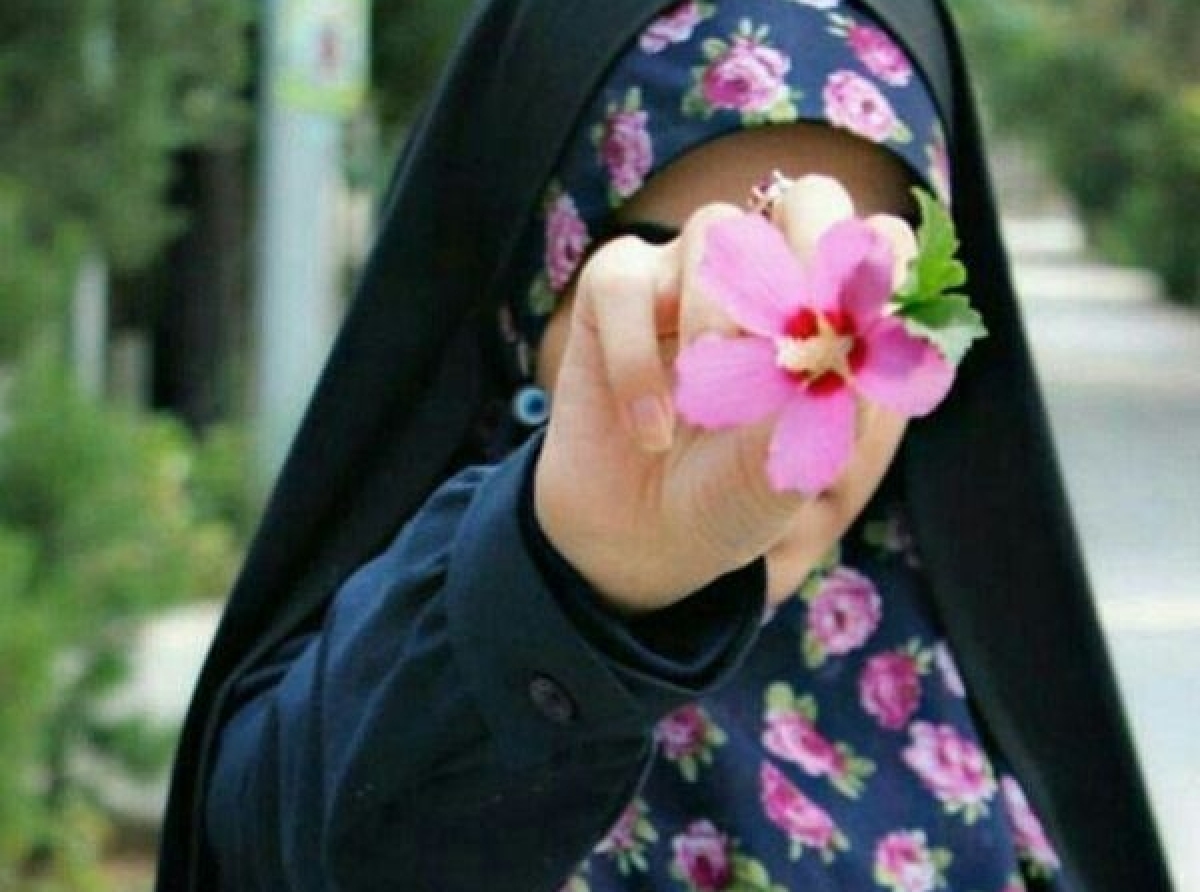History Of Islamic Clothing(part2:countries)
Bangladesh
There are no head covering laws in the country. Most women in rural areas and some urban women wear the hijab, but in recent times the number of women wearing the headscarf has increased. Since the election of the secular party of the People's Association in 2008, tensions against veiled women have increased, and there have been reports of numerous attacks, rejections and harassment of women. In this country, the hijab is a symbol of Islam, so the Bangladeshi government is doing so because of its interest in secularizing Bangladesh.
Pakistan
In Pakistan, there is a day called Hijab Day, which is celebrated by the women's wing of the Islamic society (Jamaat-e-Islami) of Pakistan. On this day, women are holding demonstrations in various cities calling for the international community to play a role in lifting the hijab ban in some European countries and promoting this Islamic culture on social media.
Indonesia
The term "jilbab" is used in Indonesia for the absolute hijab. Hijab is optional under Indonesian national law.Hijab is a relatively new phenomenon in Indonesia. This has existed even before the influence of Western culture.In 2008, Indonesia had the highest number of Muslims in the world, yet the Indonesian Banksili Act provided equal protection for the five religions: Islam, Catholicism, Protestantism, Buddhism, and Hinduism, with no government or official religion.
Egypt
Nawal Saadawi stated in August 2016 that the hijab was a false custom and religiously "misleading" and had nothing to do with religion or superior morality. He also pointed out that his father himself had studied from Al-Azhar and studied Islam, "he did not tell me in his life to cover his head; a woman's head has nothing to do with morality to be covered."
Emirates
Arab countries like the UAE do not have much strictness in terms of freedom of dress for women, and in general, except for one of the cities of this country, in other parts of it, including Dubai, there is freedom of dress, but because the people of Dubai are Muslims, Usually, women and even men appear on the streets with a completely disguised appearance, which, of course, is not the case with many women in this city in recent years, and many Arabs take to the streets with a figure resembling Westerners. This is not at all contrary to the customs of Dubai, usually women behave as if they have gone abroad or studied and the world has become a small village for them, but women whose world is only home to Dubai shopping malls. They are restricted, they are usually present in the society with Arab folders and tents, although all these customs are respectable and when traveling to Dubai, all the traditions of this city should be respected, the clothes of Dubai men, like other Arab men, It is a long white dress called (dashdasheh) which is worn with a white or red cap, this cap is held by a black rope, Sheikh Dubai officials and businessmen also wear a thin black or brown robe during formal and international events.
According to some jurists, hijab is one of the Islamic rules and it is the so-called essential covering of hair and other parts of the body except face and two hands (and sometimes two feet) by Muslim women (only if they are not slaves) in front of men who according to Islamic law is considered illegitimate. Regarding men's clothing, the minimum amount of clothing required to protect the private parts is.
There is a difference of opinion among jurists and religious scholars about the obligatory hijab, and some are of the opinion that the obligatory hijab not only has no religious aspect and is not explicitly mentioned in the Qur'an, but is also not moral.
Writer :Amir ali Esmail pour

 En
En  Fa
Fa 